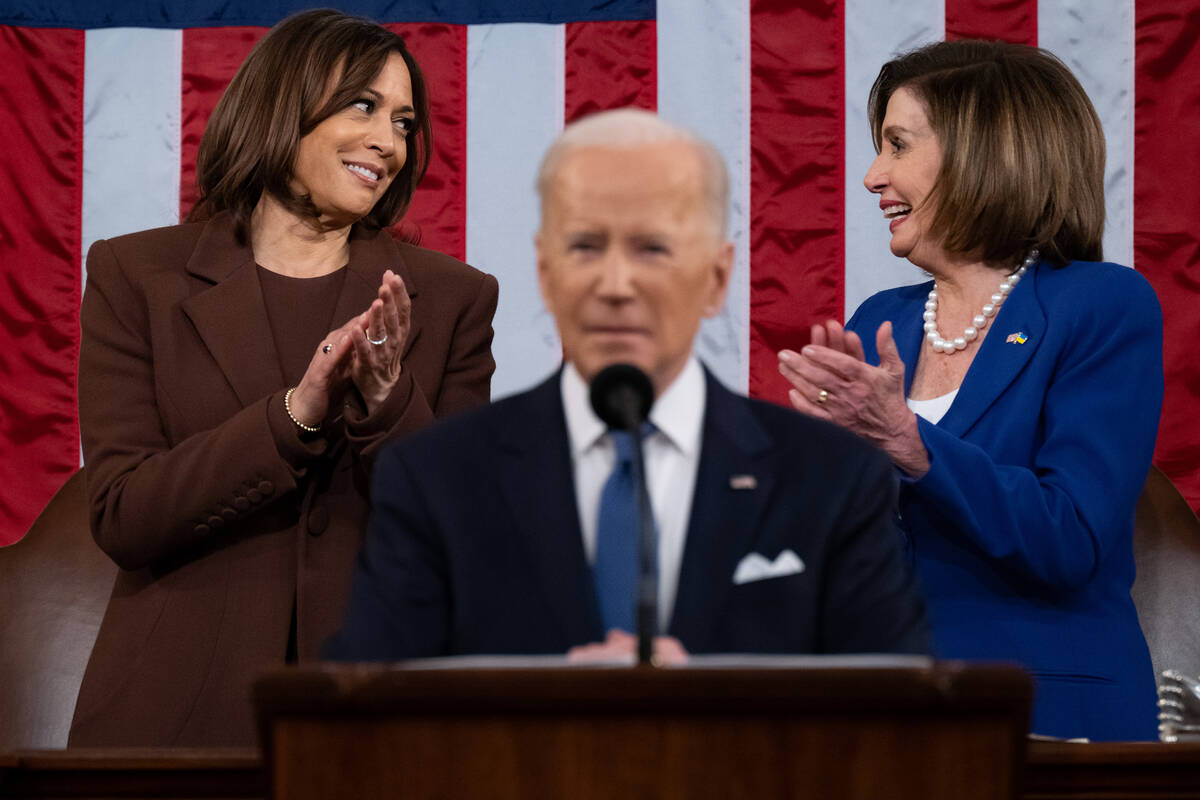Tax increases get the attention, but regulations can be even costlier.
The Committee to Unleash Prosperity recently found new rules imposed during the Biden-Harris administration will cost taxpayers almost $50,000 per household in net present value. That means those costs won’t all be felt immediately. Study author Casey Mulligan, a senior fellow at the Committee to Unleash Prosperity, found that amount equates to an annual cost of $6,300 for 10 years or an ongoing annual cost of $3,300.
That amount is almost twice as high as the regulatory costs imposed during then-President Barack Obama’s first term. In contrast, then-President Donald Trump reduced regulatory costs by almost $11,000 per household.
“The single greatest new regulatory cost comes from the ‘rule designed to ensure that the majority of new passenger cars and light trucks sold in the United States are all-electric or hybrids by 2032,’” Mr. Mulligan wrote.
He found emissions mandates from the Biden-Harris and Obama administrations will increase the cost of a new vehicle by more than $6,000. No wonder it’s called green energy.
But while the automobile fuel economy and emissions standards are costly, the report notes, they are merely a third of total regulatory costs. Other regulations drive up the prices of telecommunications, health and consumer finance products.
“The costs of new federal rules are more regressive than any of the major monetary taxes used by federal, state, and local governments,” Mr. Mulligan wrote. “As a share of household income, the costs for the lowest income-quintile are seven times what they are for the top quintile.”
As a share of household income, Mr. Mulligan noted, the costs are seven times higher for low-income homes than they are for top earners. The new rules are expected to lower the buying power of low-income households by 5 percent. Regulations aren’t often included in discussions about inflation, but they should be.
In the same way, the cost savings produced by the Trump administration’s regulatory efforts disproportionately benefited low-income families. Mulligan notes that this “Reverse Robin Hood” effect is especially obvious in car costs.
“I’m pledging today that in my second term, we will eliminate a minimum of 10 old regulations for every one new regulation,” Mr. Trump said recently. “We’ll be able to do that quite easily, actually.”
Regulations have been shackling the economy and straining family budgets. Mr. Trump’s promise to remove them would be a welcome relief.

